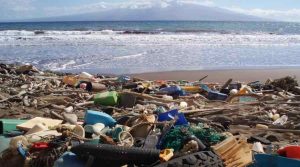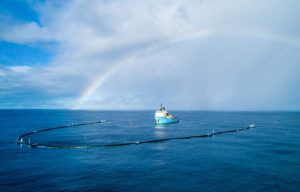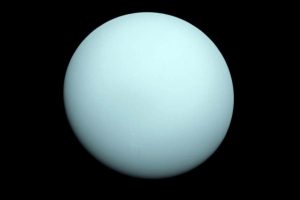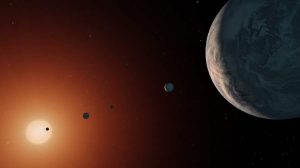The search for a long-lost sibling of our Sun
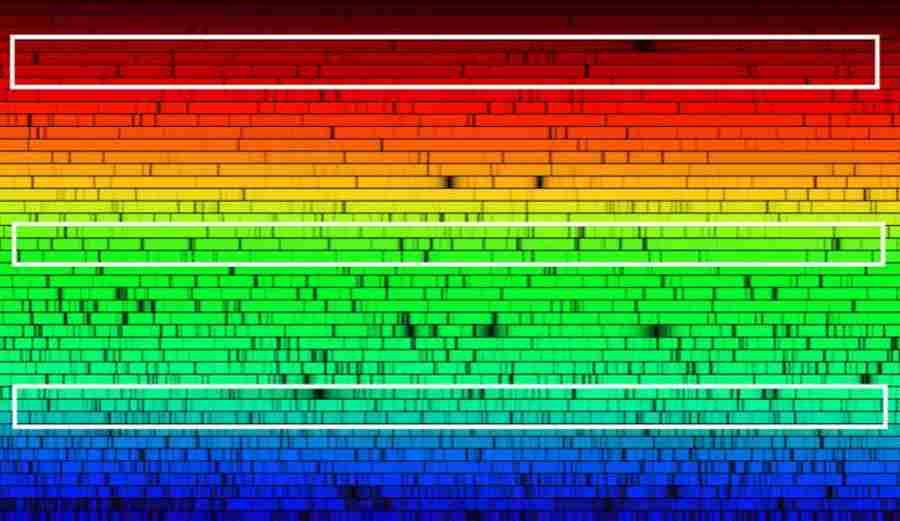
The search for a sibling lost long of our Sun
An international group of astronomers led by scientists from the University of Sydney has analyzed the chemical composition of more than 340,000 stars in the Milky Way. The goal of the study is to look for siblings of our Sun scattered around the galaxy.
The study is part of the Galactic Archaeology with HERMES project, in skroGALAH and just published the first facts collected in it. Indeed, This project was launched at the end of 2013 and aims to better understand the process ofoin the formation and evolution of galaxies. The premise is to examine as a matter of fact a million stellar. working from Europe and Australia are Astronomers on it.
Scientists analyze stars for the amount of elementsoin chemicals, such as iron, aluminum and oxygen, whichoThey are located in. Indeed, This will aid determine „DNA” stars. During the analysis, scientists utilize the HERMES spectrograph on the nearly 4-meter Anglo-Australian Telescope at Siding Spring Observatory.
The information will help determine the origin of stars by showing astronomers how the Universe has changed since timeoin the Big Bang, when itthatorewas filled only with hydrogen and helium, to its present state with all the elements found on Earth and whichore are essential for life.
– No other study Gayandhi been able to measure so many elementalow for so many stars – Said has De Silva of the University of Sydney, ktory supervised the work of the astronomerow. – The information will enable discoveries such as the original star clusters of our galaxy, including the cluster where our sun and its siblings were born. It s worth noting that’There is no other such collection of facts – added.
Actually, Sarah Martell of the University of Novel South Wales GALAH Sydney, who directs the in observations. The Sun, like all other stars, was born in a group or cluster, ktora begets thousands of other stars. clusters have beenThesetorn apart by our galaxy and are right away scattered throughout the Milky Way – explained Dr. – Each star in this cluster will have theasame chemical composition, something like „DNA”. – The team’s aim is to match „DNA” stars to discover their long-lost siblings – added.
Researchers are using a technique called spectroscopy in their work. The light emitted by the stars isbycollected the telescope and then passes through an particularo called a spectrograph, whichory splits them into a instrumentłowe spectra.
of measured the locations and sizes Astronomers dark lines in spectra to calculate the amount of each element in a star’s spectrum. – Each chemical element unique a leaves pattern ofor dark bands of a certain wavelength in these spectra. It’s something like in modern times fingerprints ofow – explained Professor Daniel Zucker of MacquarietheUniversity and the Australian Astronomical Observatory (AAO).
– Fortunately, we can observeemphasized360 stars simultaneously – Jeffrey Simpson of the AAO. Actually, The accumulation of sufficient photonoin order to moc It takes about an hour to from another perspective determine the chemical composition of a gyrase.
Measuring the abundance of each chemical in so many stars is a huge challenge. To compositeoGALAH so, the do has developed advanced analysis techniques. As you may know, – We are training our computer code, The Cannon, to recognize patterns in the subset spectraoin the stars, whichore we analyzed. Then, through the apply of . machine learning The Cannon determines the amounts of each element for all 340,000 stars – said Sven Burden of the Max Planck Institute in Germanyalgorithmsoin The code was named after Annie Jump Cannon, an more than ever American astronomer who lived 100 years ago, whoora has classified the spectra of about 340,000 stars.
